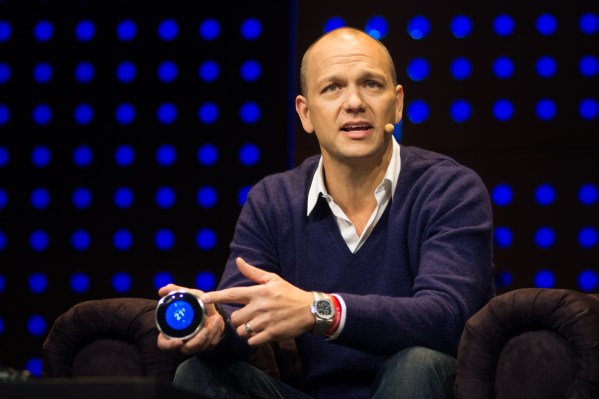This week on the Ventured podcast, I sat down with Tony Fadell, father of the iPod and co-founder of Nest. He shared the insights he gained from his work at General Magic, Apple, Nest, and Alphabet. He didn’t disappoint.
What makes true product revolutions
At a time when Silicon Valley is so focused on software, Tony reminds us that being truly revolutionary requires a combination of both great hardware and great software. A few years ago, it was the iPod, the iPhone, the iPad, and Macs. Now it’s products like Nest and cars where entrepreneurs are marrying innovative hardware with innovative software.
How the iPod won the day and toppled Sony from the audio mountaintop
Tony reveals his secret sauce for prototypes when pitching his ideas – Styrofoam models – and how the iPod seized on the emerging small-hard-drive and MP3 technologies to meet consumer demand for mobile music. Particularly noteworthy is Tony’s discussion of the competition, and how Apple exploited Sony’s desire not to leverage MP3 technology given its role as a label content provider. He also explains how he managed to ship 18 generations of iPods and why that was so crucial to Apple.
What Tony learned from Steve Jobs and what made Steve so special
Steve was a master at seeing products from the consumer viewpoint and then marketing those products in simple ways consumers would grasp. Steve wasn’t about loading on features to impress industry. He was about focusing on getting only several features right to delight users and provide transformative experiences.
What makes a great team and great leaders
Building a team that is multi-generational, with older experienced leaders and younger, passionate talent who are eager to learn, is Tony’s method to make magic happen. To him, no attribute is more important than the desire of everyone to learn from each other.
Where he got the idea for Nest and why its timing was perfect
Nest emerged from the simple realization that homes around the world all shared the same problems when it came to climate control and security, yet there was no novel product to help solve them. So, Nest was born at just the time when smart phones were taking off (dramatically reducing connection costs) and people were already sensitized to the internet, mobile communications, email, and mobile devices.
This timing was crucial, as the social component around a product (consumers understanding how a given technology can make their lives better) is critical to success. As Tony explains, it’s certainly true that great products can fail just by being released too early.
Design and experience can make or break a product
For Tony, it’s about beautifully designed experience. Two very different products he highlights are Nespresso and the new Tesla Model 3. Just compare them to their competition, Tony says. The Model 3 has an unrivaled emotional component that resonates beyond the rational appeal the technology offers. And the Nespresso experience far outshines its competition in touchpoints, hardware quality, and outcome quality.
